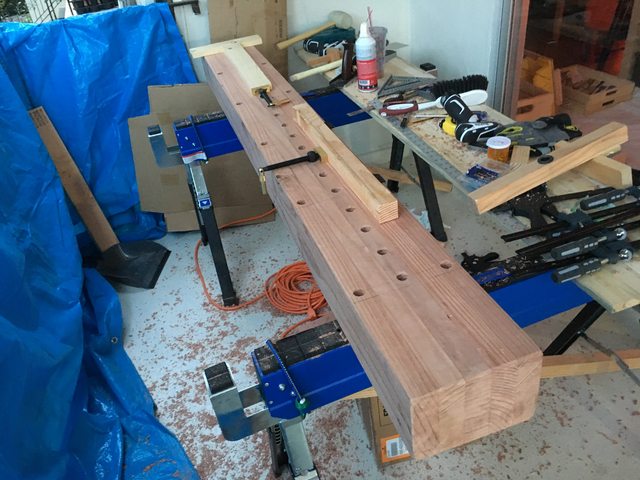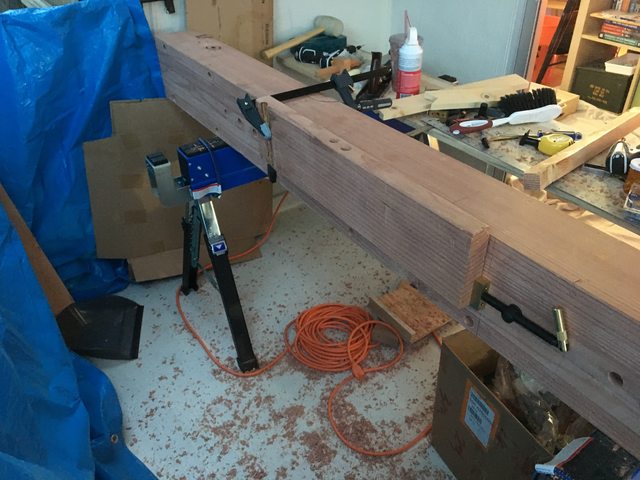Hello all, I'm a newbie starting out in woodworking but have very limited space and limited budget. I bought a Keter portable workbench rather than B&D Workmate based on poor reviews the Workmate gets nowadays, but am having some regrets and wondering if there's anything to do to make it more usable.
The main problem is it's not very stable and tends to move a lot when sawing and chiselling. The supplied clamps are more ok for large pieces but not so much for smaller things.
I know it's typical to blame tools but having followed Paul Seller's video on mortise and tenon joints, it was a real struggle to get stability and I'm sure this was partly to blame for imperfect cuts.
Any ideas for making this more usable?
The main problem is it's not very stable and tends to move a lot when sawing and chiselling. The supplied clamps are more ok for large pieces but not so much for smaller things.
I know it's typical to blame tools but having followed Paul Seller's video on mortise and tenon joints, it was a real struggle to get stability and I'm sure this was partly to blame for imperfect cuts.
Any ideas for making this more usable?










































 1000 × 1500
1000 × 1500